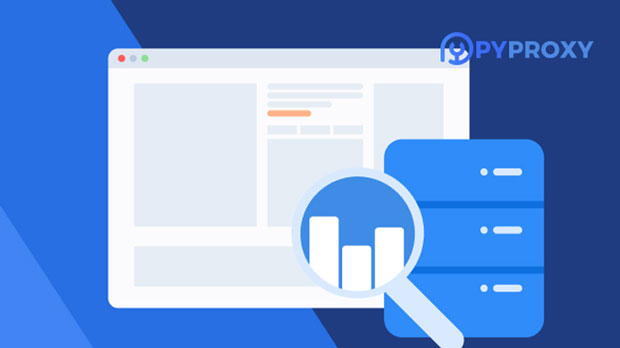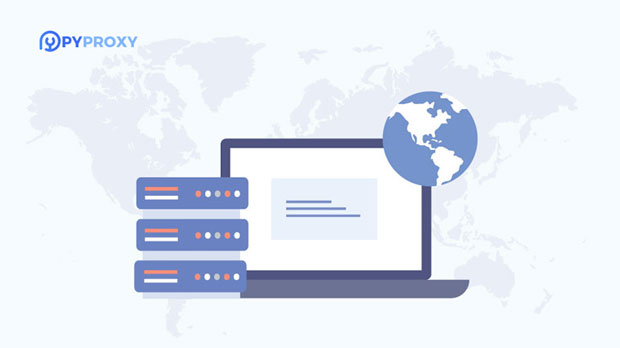When it comes to managing multiple devices through a proxy, one of the most critical decisions is choosing between HTTP and sock s5 proxies. Both have distinct features that influence their performance and suitability for specific use cases, especially in a multi-device setup. The decision often boils down to factors like security, speed, flexibility, and compatibility with different types of traffic. HTTP proxies are ideal for web browsing, while SOCKS5 proxies offer broader capabilities that support more protocols and provide enhanced privacy features. This article will delve into a comprehensive comparison, helping you choose the best proxy option for a multi-device network. Understanding HTTP Proxy: Benefits and LimitationsHTTP proxies are designed to work specifically with the Hypertext Transfer Protocol (HTTP), which is the foundation of web communication. These proxies act as intermediaries between the user and the internet, routing web traffic through the proxy server. HTTP proxies are widely used for tasks like browsing websites, accessing geo-restricted content, and improving web security by masking the user's IP address.Advantages of HTTP Proxy for Multi-Device Sharing:1. Simplicity and Speed: HTTP proxies are easier to set up and configure compared to SOCKS5 proxies. They are lightweight and offer faster browsing experiences because they are designed to handle HTTP-specific traffic efficiently. 2. Wide Compatibility: Most browsers and web applications support HTTP proxies natively, making them a popular choice for device-based internet access. If you are using devices primarily for web browsing, HTTP proxies can provide reliable performance without complex configurations.3. Security and Anonymity: Although HTTP proxies do not provide end-to-end encryption, they still offer basic anonymity by hiding the user's IP address. This can be useful for protecting privacy while accessing websites on multiple devices.Limitations of HTTP Proxy for Multi-Device Sharing:1. Limited Protocol Support: HTTP proxies can only handle HTTP and HTTPS traffic. This means they are not suitable for other types of internet traffic, such as FTP, P2P, or gaming applications. In a multi-device environment where diverse traffic is being routed, this can be a significant limitation. 2. No Advanced Features: HTTP proxies do not provide features like authentication or UDP (User Datagram Protocol) support, which can be crucial for some applications and services that require more sophisticated routing.Exploring socks5 proxy: Benefits and LimitationsSOCKS5 proxies are a more flexible and robust solution for handling a variety of traffic types. Unlike HTTP proxies, which only support web traffic, SOCKS5 proxies can handle any type of internet traffic, including HTTP, HTTPS, FTP, and even P2P protocols. SOCKS5 proxies are not bound by protocol limitations, making them an ideal choice for users who need to route a variety of traffic types through a proxy.Advantages of SOCKS5 Proxy for Multi-Device Sharing:1. Protocol Agnostic: One of the key benefits of SOCKS5 is its ability to support any kind of traffic. Whether you are using your devices for web browsing, file sharing, online gaming, or streaming, SOCKS5 can handle it all. This makes it a versatile choice for multi-device setups that require flexibility.2. Improved Privacy and Security: SOCKS5 proxies offer additional layers of security, such as authentication options that can ensure only authorized devices are allowed to access the proxy. Moreover, SOCKS5 provides better anonymity since it routes traffic without modifying the packet, ensuring that your data remains unaltered and harder to trace.3. Better Performance for Multiple Devices: Since SOCKS5 proxies do not rely on specific protocols, they offer better performance when handling diverse types of traffic across multiple devices. This can lead to more stable connections, reduced latency, and better bandwidth management, especially in high-traffic environments.Limitations of SOCKS5 Proxy for Multi-Device Sharing:1. Complex Setup: Compared to HTTP proxies, SOCKS5 proxies require more advanced configuration, especially when it comes to ensuring that all devices are properly connected. This could be a challenge for users who are not as tech-savvy or lack technical resources.2. No Built-in Encryption: While SOCKS5 proxies offer better privacy than HTTP proxies, they do not provide built-in encryption. As such, users looking for end-to-end encryption must pair the proxy with additional security tools, such as VPNs, to ensure that their data remains secure during transmission.Which Proxy is Best for Multi-Device Sharing?Choosing the right proxy for a multi-device network ultimately depends on your specific needs. For users who primarily use their devices for web browsing and want a simple, easy-to-use solution, an HTTP proxy may be the better choice. It is cost-effective, easy to configure, and provides sufficient security for basic tasks like browsing and accessing restricted content.However, for users with more complex needs, such as those who require support for a variety of internet traffic types (e.g., file sharing, gaming, video streaming), SOCKS5 proxies offer a more robust solution. The flexibility, security, and performance benefits of SOCKS5 make it the ideal choice for multi-device setups that demand versatility.Factors to Consider When Choosing a Proxy for Multi-Device Sharing1. Traffic Type: If your devices will primarily be used for web browsing, an HTTP proxy is sufficient. However, if you need to route different types of traffic (e.g., FTP, P2P, or gaming), a SOCKS5 proxy will be more suitable.2. Security Requirements: HTTP proxies provide basic anonymity, but they do not offer encryption. For more secure connections, especially for sensitive tasks, SOCKS5 proxies are preferable, but you may need to add extra layers of security.3. Ease of Setup: HTTP proxies are easier to configure, especially in environments where multiple devices need to be connected quickly. SOCKS5 proxies may require more advanced setup, but they offer greater flexibility in terms of traffic types.4. Budget: HTTP proxies are typically cheaper and easier to implement in large numbers. SOCKS5 proxies, while more versatile, may come at a higher cost depending on the service provider.Both HTTP and SOCKS5 proxies have their respective advantages and limitations when it comes to multi-device sharing. If you need a simple, cost-effective solution primarily for web browsing, an HTTP proxy is a solid choice. However, for a more flexible and secure option that can handle multiple types of traffic, a SOCKS5 proxy is the superior option. Ultimately, the right choice depends on your specific needs, technical expertise, and budget.
Sep 04, 2025


































































